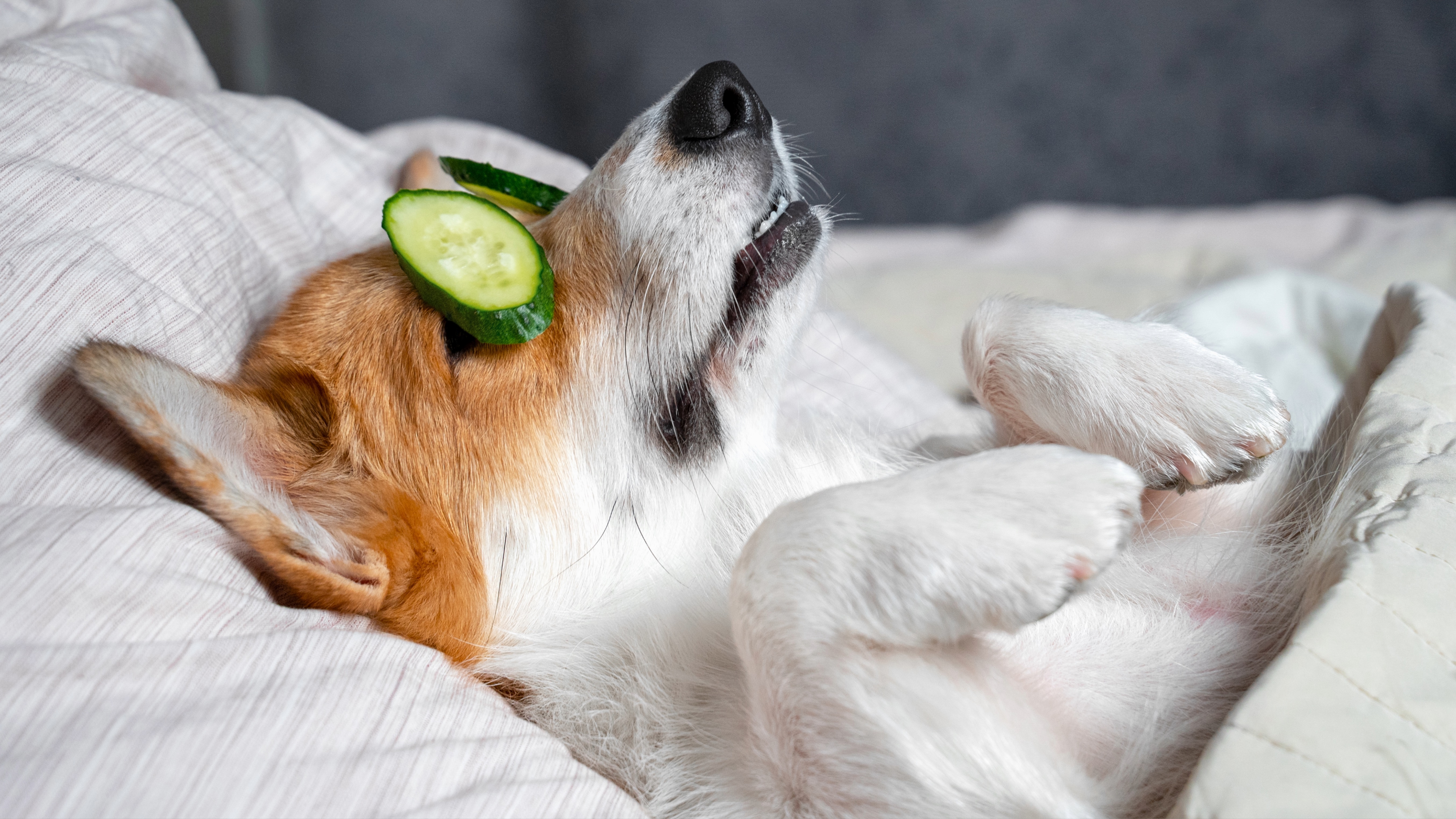
Dogs, like humans, need time to rest and sleep. Dogs need more than us, too, which surely won’t come as news to anyone who’s had a pup snoozing by their side or at their feet at home!
And, just as we humans can get more tired, grouchy, or anxious when we’re tired, lack of sleep in dogs can contribute to behavioral issues — so it’s never a bad idea for them to get into the best dog bed for a while.
And, in a new Instagram post, certified dog trainer Juliana DeWillems, the owner and head trainer at JW Dog Training & Behavior, has explained how sleep impacts your pup’s behavior, and how you can help.
“Sleep, both at night and during the day, is critical for a dog’s behavioral wellness,” explains DeWillems. “It’s when the body recovers from any excitement or stress. A lack of uninterrupted sleep can contribute to increased anxiety, fear, and reactivity.”
She continues in her caption, “Sometimes in an effort to fulfill our dogs and make sure they’re getting enough exercise and stimulation we accidentally create a lifestyle that lacks the proper amount of sleep. Recognizing this and making some changes can have a big positive impact.”
DeWillems explains, too, that lack of sleep can make behaviors like mouthiness, barking, and an inability to settle, so for both you and your pup, it’s important to make sure that they get enough sleep.
Is it normal for your dog to sleep all day? Maybe not all day — and excessive sleeping could indicate an underlying health issue — but certainly, around 12-16 hours a day is normal for an adult dog, with puppies and senior dogs sometimes requiring a bit more.
However, there are ways to help boost the amount of sleep your pup gets. DeWillems advises keeping a consistent routine with designated nap times — particularly for dogs under the age of two — and using a white noise machine to block out sounds that may interfere with your dog’s ability to relax and sleep.
“Balance physical exercise with licking and sniffing enrichment that encourages calm behaviors,” adds DeWillems, while she also recommends making sure that your dog has enough space to change position and switch up where they’re sleeping.
And, you can also close the blinds or curtains so your pup isn’t as distracted by potential triggers outside, or disturbed by daylight in the morning.
Rest and sleep are vital for our dogs, but it’s not always easy for them to get the shut-eye they deserve. Fortunately, it’s not difficult to rectify. With just a few simple changes, you can help your dog get the correct amount of sleep for them, and you may well have a happier, healthier pup as a result.
If your dog likes to sleep near you, but it’s interfering with your own sleep, here’s how to get a dog to sleep in a different room.







